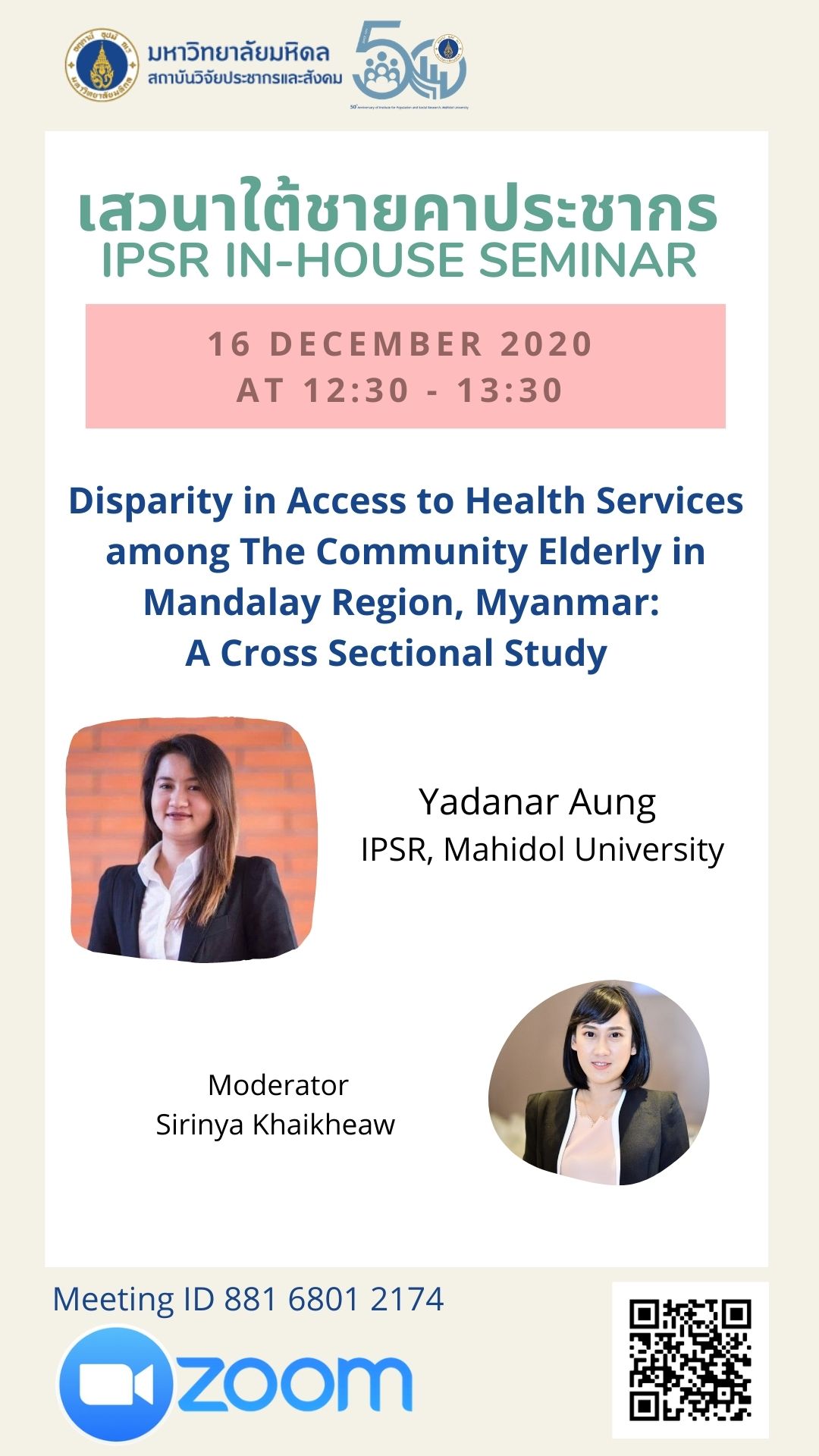Abstract
Disparities mean inequalities and it defines differences in health outcomes and health care access across or between population groups those commonly supposed to happen health inequity. A focus of access disparity for needed health care services and health care provision is relatively complex health system strengthening measures. The behavioral model of access to health services that was initially developed by Andersen and then applied in the health care setting over two decades ago. To strengthen the health systems towards the provision of equitable universal coverage, Andersen’s behavioral model is vital to focus on ways to improve quality health care utilization of health outcomes. Myanmar, a low-income country and the elderly population who aged over 60 years constituted 4.5 million older population (8.9%) of total population in 2014 Census. About 70% are living in the rural area whereas the others are living in urban areas. It is clearly seen that the diverse population is based on geographical area. It thus appears to be of importance to the elderly health care services provision in Myanmar, Mandalay: a region of the second highest aging index to find out more about the determinants of healthcare utilization and factors associated with the disparity in access to healthcare services among community elderly in Mandalay region. Access disparities in healthcare at old age is a global issue that is needed to tackle and the factors associated with disparity could be eliminating equal distributions of health care services, equity in health from empirical research findings. So much so that, this study is aimed to find out the factors, issues related to causing the access disparity in healthcare among older people who are needed to perceive health care at the time of sickness or illness.

December 16, 2020
